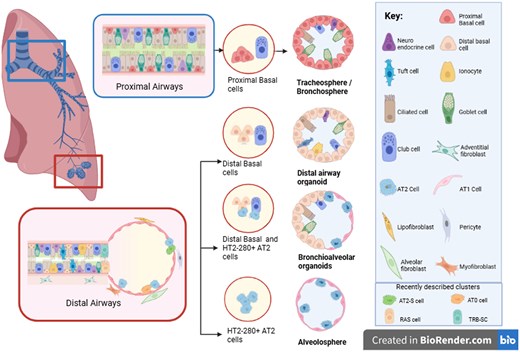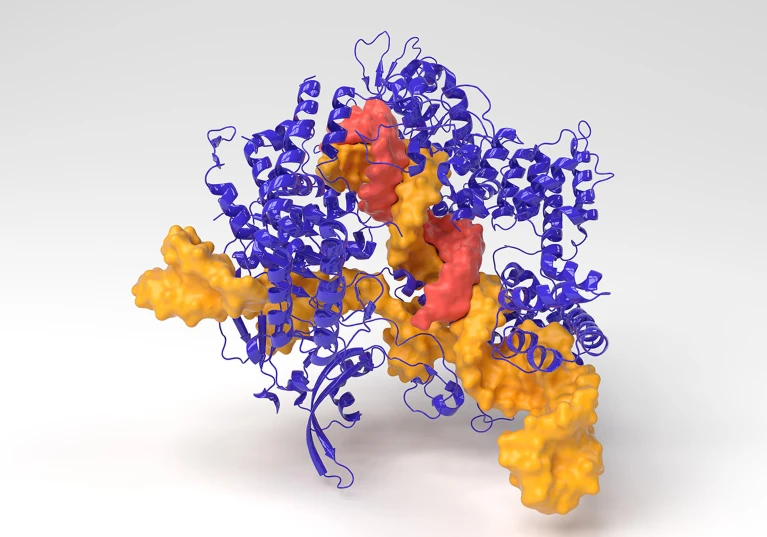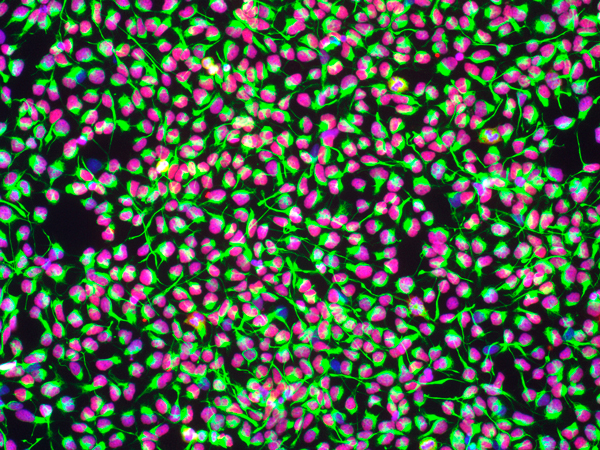By Stem Cells Translational Medicine –
Introduction
While lung research has made great strides in understanding lung physiology, lung pathology still presents a major burden to patients and healthcare systems globally. To develop new effective therapeutics to improve lung regeneration, prevent spread of infections, or treat lung cancers, obscured fundamental processes of the lung must be dissected. Current understanding of lung cell cross talk has been limited due to a lack of accessible and representative models. Since the COVID-19 pandemic, many new foundational methodologies for distal organoid formation have been published, which eliminate difficulty in distal organoid longevity and donor cell extraction efficiency. This review describes how recent advances within distal lung organoid technology have been used to investigate lung regeneration, fibrosis, infection trafficking, personalized medicine, and mechanism of chronic lung pathology using donor cells. Additionally, the applicability of distal lung organoids to investigation of the roles of endothelium and previously unknown distal epithelial and mesenchymal cell populations is discussed. Finally, new techniques and methods for tackling current challenges within the field, such as integration of immune cells and vascularization of organoids are highlighted. This overview will therefore illustrate the potential of distal lung organoids to be tissue representative models, which will be crucial for evolving scientific knowledge of lung physiology.




